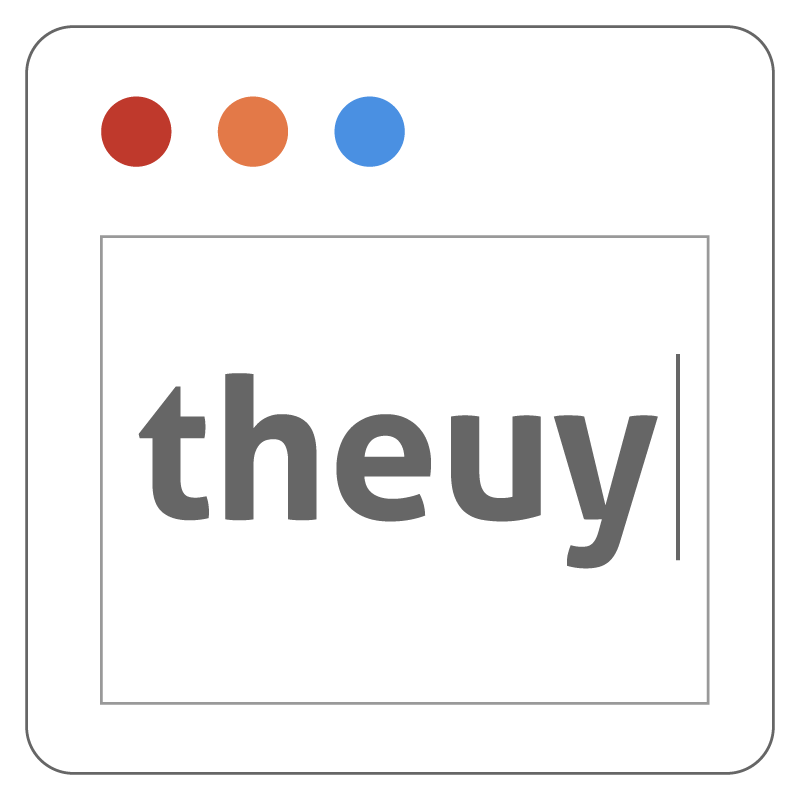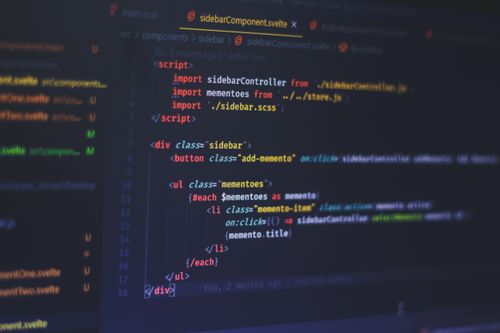Web development is an ever-evolving field. Technology advancements are made every day, with developers continuously leveraging the latest trends to create powerful and innovative digital experiences. As we look ahead to 2023, many of the same web development trends will continue, while new ones may emerge on the scene. From serverless computing and AI-driven automation to blockchain implementations and next-generation databases, it’s clear that there’s a lot of exciting technology in store for web developers in the coming years. In this article, we’ll take a closer look at some of the emerging web development technologies you should keep an eye out for in 2023. Let’s get started!
WebAssembly
The first tool that we think will have a big impact on web development in the coming year is WebAssembly. This powerful new tool allows developers to compile code written in languages like C++ into a format that can be run directly in the web browser. This means that developers will be able to create complex applications and games that can run in the browser without having to use JavaScript.
WebAssembly also has potential to improve the performance of web applications by giving developers more control over how their code is executed. Currently, JavaScript code is interpreted by the browser which can lead to some inefficiencies. With WebAssembly, developers will be able to compile their code ahead of time so that it runs more efficiently.
We think WebAssembly will have a big impact on web development in 2019 and beyond and we’re excited to see what developers come up with!
WebGPU
The current state of web development is in a constant state of flux, with new technologies and frameworks appearing all the time. It can be hard to keep up with all the new developments, let alone predict which ones will be big in the future.
However, there are some technologies that show promise for the future of web development. One of these is WebGPU.
WebGPU is a low-level API for GPU-accelerated graphics and compute on the web. It is designed to give developers fine-grained control over the GPU while still being easy to use.
WebGPU has already been implemented in some browsers, such as Safari, and support is growing. This makes it one of the most promising technologies for the future of web development.
WebRTC
WebRTC (Web Real-Time Communication) is an emerging web development technology that enables real-time communication between browsers and devices. It supports audio and video communication, as well as data sharing. WebRTC is available on a variety of platforms, including desktop browsers, mobile browsers, and native apps.
Service Workers
Service workers are a type of web worker. They are JavaScript files that run in the background, separate from a web page, opening the door to features that don't need a web page or user interaction. Today, they already power features like push notifications and background data sync. In the future, service workers might also be used to enable things like reliable offline experiences, periodic background syncing, geofencing, and more.
Progressive web apps (PWAs) are one of the hottest trends in web development today. Part of this is because they're seen as a key part of "The Next Billion Users" strategy adopted by many companies targeting growth in developing markets. But what exactly are PWAs?
In short: Progressive Web Apps are websites that look and feel like native apps. They take advantage of modern web capabilities to deliver an app-like user experience.
What makes PWAs unique is that they're built using standard web technologies - HTML, CSS, and JavaScript. This means they can be discovered by search engines and shared just like any other website. But because they're designed for modern browsers, they can also take advantage of advanced features such as service workers and push notifications.
Predictions for the future of web development
There are many predictions for the future of web development, but these are some of the most common:
- The rise of artificial intelligence (AI) and its impact on web development.
- The continued rise of JavaScript and its impact on web development.
- The growth of the mobile web and its impact on web development.
- The rise of the Internet of Things (IoT) and its impact on web development.
Conclusion
Web development is a constantly changing and evolving industry, with new technologies being introduced every year. In the next few years, we can expect to see even more innovative solutions emerging that will revolutionize how web developers create and manage their websites. We believe that artificial intelligence, virtual reality, blockchain technology, and progressive web apps are just some of the technologies that will define the future of web development in 2023 and beyond. With these cutting-edge solutions now available to developers all over the world, it's never been easier to build amazing websites – so get ready for a wild ride!

